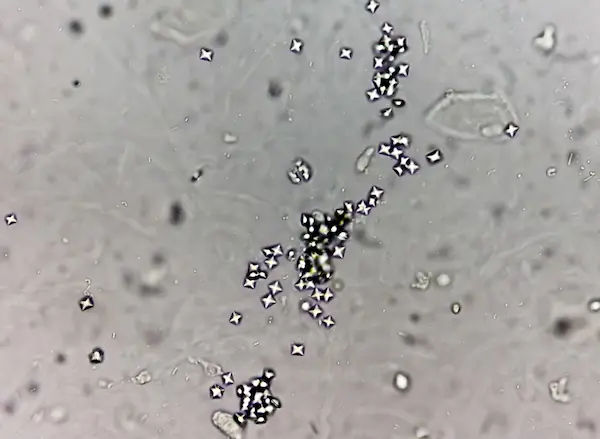Do You Need Surgery for Stone Removal? A Comprehensive Guide
Learn whether surgery is necessary for kidney, gallbladder, or salivary stones. Explore symptoms, treatment options, minimally invasive procedures, and prevention tips.

Written by Dr. Dhankecha Mayank Dineshbhai
Reviewed by Dr. Siri Nallapu MBBS
Last updated on 13th Oct, 2025
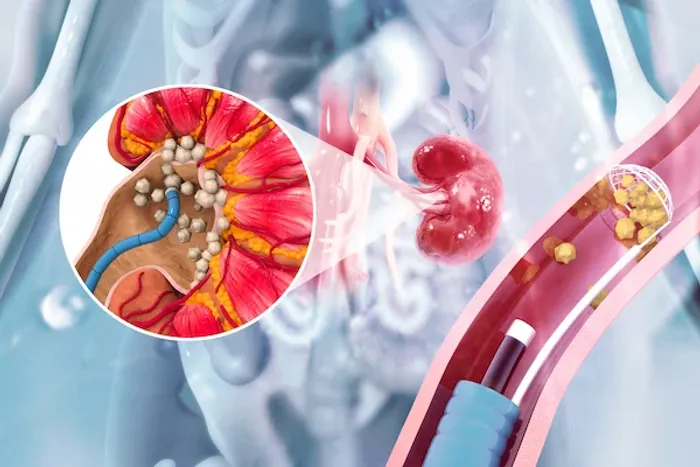
Introduction
That sudden, sharp, crippling pain in your back or side can be a terrifying experience. Often, it’s the first sign of a stone; a hard, crystalline mass that has formed in your kidney, gallbladder, or even salivary gland. The immediate question that floods your mind is, "Will I need surgery?" The answer isn't always straightforward. While the thought of surgery can be daunting, modern medicine has made incredible strides, and surgery for stone removal is often far less invasive than you might imagine.
This guide will walk you through everything you need to know. We’ll explore the different types of stones, the critical factors urologists use to decide on treatment, and the full spectrum of options available—from simple lifestyle changes and medication to advanced minimally invasive surgery. Our goal is to empower you with knowledge, so you can have an informed discussion with your doctor about the best path forward for your specific situation. Remember, this information is a starting point; a proper diagnosis from a healthcare professional is essential.
Not All Stones Are Created Equal: Types and Locations
Before discussing removal, it's vital to understand that "stone" is a general term. The type of stone and its location within your body drastically influence the symptoms you experience and the treatment required.
Kidney Stones: The Most Common Culprit
Kidney stones form in the kidneys when urine becomes concentrated, allowing minerals to crystallise and stick together. They can range from the size of a grain of sand to a pea, and sometimes even larger. Pain typically occurs when a stone moves from the kidney into the ureter (the narrow tube connecting the kidney to the bladder), causing a blockage. This leads to severe pain, known as renal colic, which can be accompanied by nausea, vomiting, and blood in the urine.
Gallstones: A Digestive Dilemma
Gallstones form in the gallbladder, a small organ that stores bile used for digestion. They are typically made of cholesterol or bilirubin. Many people with gallstones have no symptoms ("silent gallstones"). However, if a gallstone blocks a bile duct, it can cause a sudden, intense pain in the upper right abdomen, known as a gallbladder attack. This pain may be accompanied by fever, jaundice (yellowing skin), and clay-coloured stools.
Salivary Gland Stones: A Rare but Painful Problem
Much less common, these stones (sialoliths) form in the ducts of the salivary glands, usually under the tongue or in the cheeks. They block the flow of saliva, leading to painful swelling, especially when eating.
The Critical Factors: How Doctors Decide on Treatment
The decision to proceed with surgery isn't taken lightly. Your doctor will consider several key factors to create a personalised treatment plan. If you're experiencing symptoms, consulting a doctor online with Apollo24|7 can be a good first step to discuss these factors.
A. Stone Size: The Biggest Determining Factor
This is often the most important criterion.
Small Stones (< 5-6 mm): Many of these can pass spontaneously with plenty of water and pain management. Medical Expulsive Therapy (MET) may be used to relax the ureter and aid passage.
Medium Stones (6 mm - 10 mm): The likelihood of spontaneous passage decreases. Procedures like Lithotripsy or Ureteroscopy become more likely.
Large Stones (> 10 mm): These have a very low chance of passing on their own and almost always require active removal, often through procedures like Percutaneous Nephrolithotomy (PCNL).
B. Stone Location: Where It Is Matters as Much as How Big It Is
A small stone stuck at a narrow point in the ureter can cause more trouble than a larger stone sitting quietly in the kidney. Stones causing a complete blockage, leading to severe pain, infection, or kidney function impairment, require prompt intervention.
Health topic carousel:
Doctor's speciality: General Practitioner
Text: Consult a Specialist for the best advice
C. Stone Composition: What It’s Made Of
The hardness of the stone (e.g., calcium oxalate vs. uric acid stones) can influence which treatment is most effective. For instance, uric acid stones can sometimes be dissolved with medication, avoiding surgery altogether.
D. Your Symptoms and Overall Health
Severe, uncontrollable pain, fever with a urinary tract infection (indicating an infected stone), or a solitary kidney are strong indicators for intervention. Your doctor will also consider your overall health and ability to tolerate anaesthesia.
Your Treatment Options: From Wait-and-See to Surgery
The range of treatments available today means that open surgery is a last resort. Here’s a breakdown of the common procedures for stone removal.
A. Non-Surgical and Minimally Invasive Approaches
1. Watchful Waiting: For Small, Asymptomatic Stones
If a stone is small and not causing symptoms or blockage, your doctor may recommend monitoring it with periodic imaging while you focus on hydration and diet to prevent growth.
2. Medical Expulsive Therapy (MET): Helping Small Stones Pass Naturally
This involves medications like alpha-blockers that relax the muscles in the ureter, making it easier for a small stone to pass. This is often combined with plenty of fluids and pain relievers.
3. Extracorporeal Shock Wave Lithotripsy (ESWL): Breaking Stones with Sound Waves
This is a non-invasive procedure where high-energy shock waves are passed through the skin to break the stone into tiny fragments, which you then pass in your urine over the following days or weeks. It's ideal for medium-sized kidney stones that are not too hard.
B. Surgical Procedures for Stone Removal
1. Ureteroscopy (URS): A Scope to Retrieve or Break Up Stones
This is a common minimally invasive procedure. A thin, flexible scope is passed through the urethra and bladder into the ureter. Once the surgeon sees the stone, they can use a laser to break it into dust or a small basket to remove it intact. This is highly effective for stones lodged in the lower ureter.
2. Percutaneous Nephrolithotomy (PCNL): For Large or Complex Kidney Stones
For very large stones (often called staghorn calculi), PCNL is the gold standard. A small incision (about 1 cm) is made in the back, and a tunnel is created directly into the kidney. A nephroscope is used to locate and remove the stone. This is the most invasive stone procedure but avoids a large open incision.
3. Procedures for Gallstones: Laparoscopic Cholecystectomy
The most common treatment for symptomatic gallstones is the surgical removal of the entire gallbladder (cholecystectomy). This is almost always done laparoscopically, using small incisions and a camera. The body functions perfectly well without a gallbladder.
Life After Stones: Prevention is Key
Once you've experienced a stone, the focus shifts to prevention. Recurrence rates can be as high as 50% within 5-10 years. The cornerstone of prevention is hydration—aim for enough fluid to produce at least 2.5 litres of urine per day. Dietary changes depend on your stone type. For common calcium oxalate stones, this may involve reducing sodium and oxalate-rich foods (like spinach and nuts) and ensuring adequate dietary calcium. Your doctor might recommend Apollo24|7's convenient home collection services for 24-hour urine tests to analyse your risk factors and tailor a specific prevention plan.
Conclusion
Facing a diagnosis of stones can be stressful, but understanding your options is the first step towards effective treatment. The question "Do I need surgery for stone removal?" has a nuanced answer that depends entirely on your individual circumstances. Advances in medical technology have made the process safer, less painful, and more efficient than ever before. From sound waves that pulverise stones to tiny scopes that retrieve them, the goal is always to achieve the best outcome with the least invasion.
The most important action you can take is to seek professional medical advice. Don't ignore persistent pain or other symptoms. With a proper diagnosis and a clear treatment plan, you can overcome this painful condition and take proactive steps to prevent it from recurring. Your journey to being stone-free starts with a conversation with your doctor.
Health topic carousel:
Doctor's speciality: General Practitioner
Text: Consult a Specialist for the best advice
Consult Top Specialists for Personalised Tips

Dr. Rajib Ghose
General Physician/ Internal Medicine Specialist
25 Years • MBBS
East Midnapore
VIVEKANANDA SEBA SADAN, East Midnapore

Dr. Debdatta Pati
Psychiatrist
18 Years • MBBS, DPM, MD (PSYCHIATRY)
Kolkata
MCR SUPER SPECIALITY POLY CLINIC & PATHOLOGY, Kolkata

Dr. Sougata Kumar
General Practitioner
8 Years • MBBS
East Midnapore
VIVEKANANDA SEBA SADAN, East Midnapore

Dr. Tapabrata Ray
General Physician/ Internal Medicine Specialist
4 Years • MBBS,DGM,CPMeC,ACMDC
Kolkata
MCR SUPER SPECIALITY POLY CLINIC & PATHOLOGY, Kolkata

Dr. Arthi S
Family Physician
3 Years • MBBS
Bengaluru
PRESTIGE SHANTHINIKETAN - SOCIETY CLINIC, Bengaluru
More articles from Urinary Tract Stone
Frequently Asked Questions
Are there any dietary changes that can help prevent kidney stones?
Yes. The most crucial step is to drink plenty of water throughout the day. Other general tips include reducing your sodium intake, eating a moderate amount of animal protein, and including enough dietary calcium (but avoiding high-dose calcium supplements without medical advice).
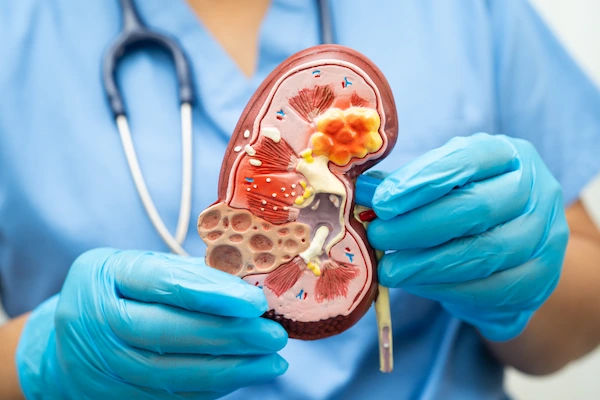
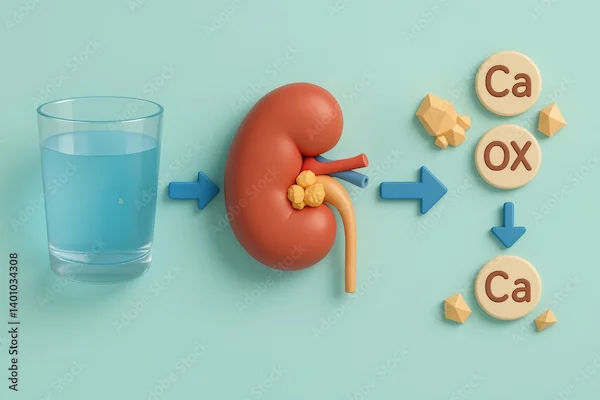
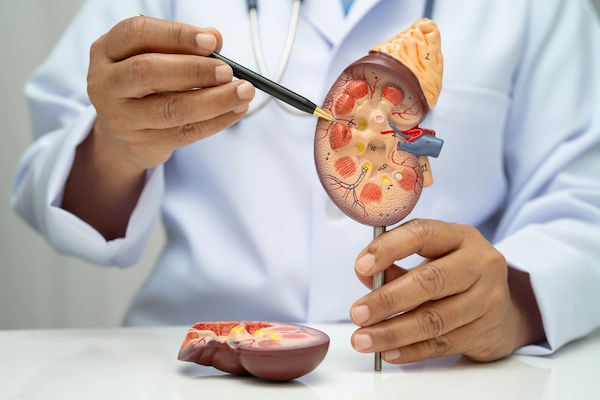
.webp)
